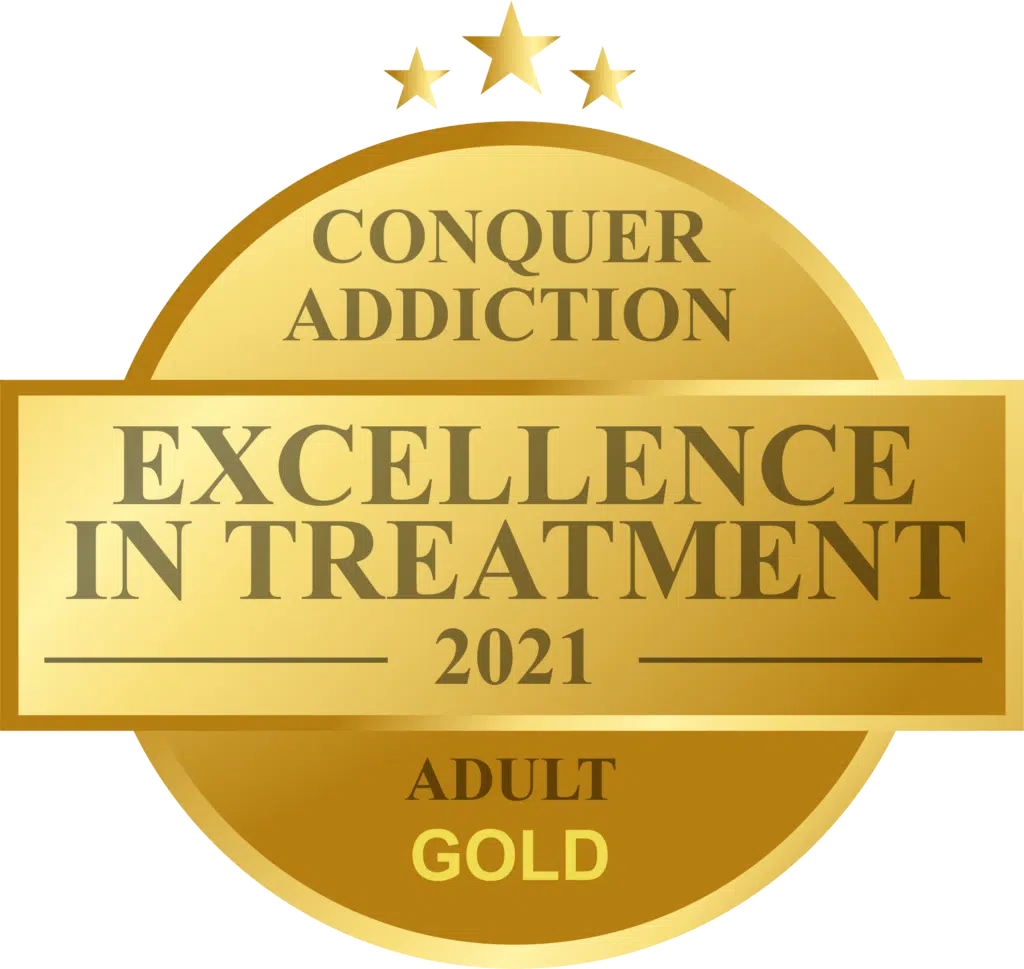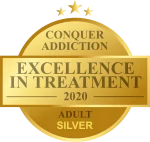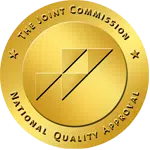© 2024 Aton Center | Privacy Policy | Terms of Use | Accessibility Statement | Grievance process | California Addiction Recovery | DHCS Licenses | Sitemap
How did the Oxycodone Addiction Epidemic Begin?
In the 1990s, there was a rise in the prescription opioid epidemic. Pain specialists and advocacy organizations brought to the forefront that the United States had not been appropriately treating pain. In response, the American Pain Society advocated for pain to be identified as the “fifth vital sign [1],” leading to the increased prescription of opioids for pain management. In fact, the number of prescriptions written for opioids increased by 300% between 1991 and 2009 in the United States [2].
In many cases, doctors are prescribing Oxycodone in an appropriate manner and only for a short duration of time. It is not uncommon to have a surgery or medical procedure and be prescribed a small number of tablets for short-term pain relief. The problem occurs when doctors continue to prescribe this addictive medication long after the surgery or procedure. In other cases, those struggling with Oxycodone addiction will “doctor shop,” and be prescribed this addictive medication from a number of different doctors. Even worse, are the unscrupulous physicians who are knowingly prescribing these medications without concern for the health and safety of their patients. Fortunately, these physicians are not the norm and the majority of physicians have their patient’s best interests at heart.
One of the largest problems with Oxycodone addiction is that many who are prescribing this addictive substance are not savvy to the nuances of substance abuse. Many offer prescriptions without assessing whether their patient has a substance abuse history and don’t recognize the signs of inappropriate medication-seeking behaviors indicative of Oxycodone addiction. Another problem in the field is the lack of consensus on the appropriate dosing of these medicines, leading some physicians to prescribe inappropriately high dosages – increasing the likelihood of Oxycodone addiction.

Get in Touch
How Do People Become Addicted to Oxycodone?
From the perspective of the unsuspecting patient, it makes perfect sense to take Oxycodone for pain. As a culture, we place a great deal of trust in our doctors. If we have been prescribed a medication we assume the benefits outweigh the risks involved. We may have had a surgery or procedure in which a short period of pain is expected – and so taking a prescribed medication is of no concern. For many, it IS of no concern. After the pain related to the procedure decreases through our body’s natural healing responses, they naturally begin taking less until the pain is gone and the prescription is no longer needed. Often the pills are placed in a medication cabinet and forgotten.
For others, they begin taking the medication when they don’t really need it; they’re not in unmanageable pain, but they like the feelings they get when they take the medications. The moment someone begins taking an Oxycodone prescription when it is no longer appropriate is the moment where Oxycodone addiction is beginning to set in. These “moments” can look like taking the medication before the next dose is due, taking a higher dosage than prescribed, or taking the medications for a longer time period than the doctor intended.
Remember that person who placed their Oxycodone prescription in the medicine cabinet and forgot about it? Unfortunately, some begin their Oxycodone addiction by trying their parent’s or loved one’s medications out of curiosity. Adolescents may take their parent’s prescriptions to school and share or sell them – influencing their peers in the direction of Oxycodone addiction.
What Exactly IS Oxycodone?
Oxycodone is a popular drug of abuse due to the feelings of euphoria and relaxation it can induce in its users. Oxycodone is the active ingredient in a number of narcotics, such as Percocet, Percodan, Roxicet, OxyIR (Oxycodone Immediate Release) and Oxycontin. Percodan is comprised of aspirin and oxycodone, while Roxicet is a combination of acetaminophen and Oxycodone. Oxycodone is concentrated in a higher dose in Oxycontin, however Oxycontin is an extended release medication. Therefore, many individuals will use the names Oxycodone and Oxycontin interchangeably. Not only is Oxycontin an extended-release version of Oxycodone, but this pill is available in higher dosages (10mg-80mg tablets) than the immediate-release formations (5 mg tablets).
Oxycodone is the most commonly prescribed and used opioid in the United States. Due to its high addictive potential, it has become the most commonly abused opioid in certain parts of the United States and has been associated with a significant number of drug deaths.
Specifically, Oxycodone is a semi-synthetic narcotic. It is synthesized from thebaine, a portion of the poppy plant. The purpose of prescribing Oxycodone is for pain relief. Due to the feelings of euphoria and relaxation that also accompany its use, Oxycodone is highly addictive. Oxycodone can be used in a number of fashions and is often crushed and sniffed, or dissolved in water and injected. Others who are enslaved in Oxycodone addiction will heat a tablet that has been placed on a piece of foil and then inhale the vapors.
Oxycodone can cause sedation, respiratory depression, constipation, and cough suppression. Respiratory depression (cessation of breathing) is a common cause of death in Oxycodone overdoses. Other overdose effects include muscle weakness, confusion, cold and clammy skin, pinpoint pupils, shallow breathing, slow heart rate, fainting, and coma. Those who are addicted to forms of Oxycodone that also contain acetaminophen may cause severe liver damage.
When Oxycontin was released in 1995, it was expected to have lower abuse potential as it was believed that users would be less likely to experience the initial euphoria associated with its immediate-release counterparts. However, abusers circumvented the extended-release formulation by crushing Oxycontin prior to swallowing, snorting, or injecting – thereby destroying the slow-release properties. Results from the US National Household Survey on Drug Abuse (2000–2001) showed that non-medical controlled-release oxycodone users were more likely to have indications of abuse of or dependence on, prescription opioids compared with non-medical users of other prescription opioids. [3]
How Does Oxycodone Work on the Brain?
Oxycodone addiction proceeds in stages, each stage resulting from Oxycodone induced changes in several brain circuits. [[4]](#4) In the initial stage, intoxication, the brain experiences reward sensations as the neurotransmitter dopamine floods the brain. As Oxycodone leaves the system, the brain begins experiencing withdrawal. In this stage, the need for a higher dose of Oxycodone is required to reach the same euphoric effect as the most recent usage as the threshold for pleasure has heightened.
The final stage, preoccupation-relapse, is identified as chronic substance use which is often triggered by external (environmental) and internal (emotional) triggers. Because chronic Oxycodone use causes neurochemical changes that alter brain circuits, the natural reward system is diminished. This means that experiences that naturally induce pleasurable feelings now have minimal impact because the natural reward system has been hijacked. This requires the brain to be flooded with excessive amounts of dopamine to return to baseline, let alone create a positive and pleasurable experience.
What Can I Do About Oxycodone Addiction?
It is important to be aware of the different treatment options available to you. There are generally two schools of thought: abstinence and maintenance. This is an ongoing and controversial discussion in the field addiction treatment; while AToN does not prescribe a “one size fits all” approach to treatment, AToN is an abstinence based program. This means that our goal is assist you in becoming free from the use of all addictive substances – including the substances you feel you do not have a problem with right now. This is due to the fact that any addictive substance can “re-trigger” the neural pathways associated with addiction – leading you back to the very behaviors you sought freedom from!
The first stage of treatment is detoxification. As described above, Oxycodone induces changes in brain circuits. Additionally, the body has adapted to this new substance in your body – and your body needs to be detoxified from the addictive substance Oxycodone. If you choose to seek a medically monitored detoxification, you will likely be prescribed Suboxone in decreasing levels over time to assist with your body’s reactions to no longer having Oxycodone in its system. It is always wise to have medical personnel monitoring your vital signs and hydration to ensure your safety.
At AToN, we encourage you to also attend groups and individual sessions during your detoxification to assist you in addressing the factors that drive your Oxycodone addiction. Additionally, we encourage anti-craving medications, such as Naltrexone and/or Vivitrol to assist you in reaching and maintaining your recovery goals. These medications block the opioid receptors in your brain, preventing your body from getting the euphoric effects of Oxycodone should you relapse. These medications also decrease cravings for Oxycodone as well.
AToN also encourages our residents to gain a solid sober social network and attend a community meeting group of some form. This can be SMART Recovery, Refuge Recovery, 12 Step, LifeRing, or other groups that will help you along your journey to recovery. We also recommend our residents create a solid discharge plan with additional therapy – typically Intensive Outpatient Programming – and sometimes we recommend sober living homes to residents who do not have a safe and sober living environment to return to.
There is Hope for Oxycodone Addiction
Do not forget that there is hope! At AToN, we have the pleasure of keeping in touch with our Alumni and we have seen the light that returns to their eyes over the weeks, months and years of recovery! Please contact us if you have any questions.
- Lyapustina, T. & Alexander, G.C. (2015). The Prescription Opioid Addiction and Abuse Epidemic: How it Happened and What We Can Do About It. The Pharmaceutical Journal, 294(7866). DOI: 10.1211/PJ.2015.20068579.
- Degenhardt, L. & Hall, W. (2012). Extent of Illicit Drug Use and Dependence, and Their Contribution to the Global Burden of Disease. The Lancet, 379, 55-70.
- Sees, K.L., Marino, M.E., Ruediger, N.K., Sweeney, C.T., Shiffman, S. (2005). Non-Medical Use of OxyContin Tablets in the United States. Journal of Pain Palliative Care and Pharmacotherapy, 19(2), 13-23.
- Peltz, G., Sudhof, T.C. (2018). The Neurobiology of Opioid Addiction and the Potential for Prevention Strategies. JAMA, 319(20), 2071- 2072. DOI:10.1001/jama.2018.3394.











